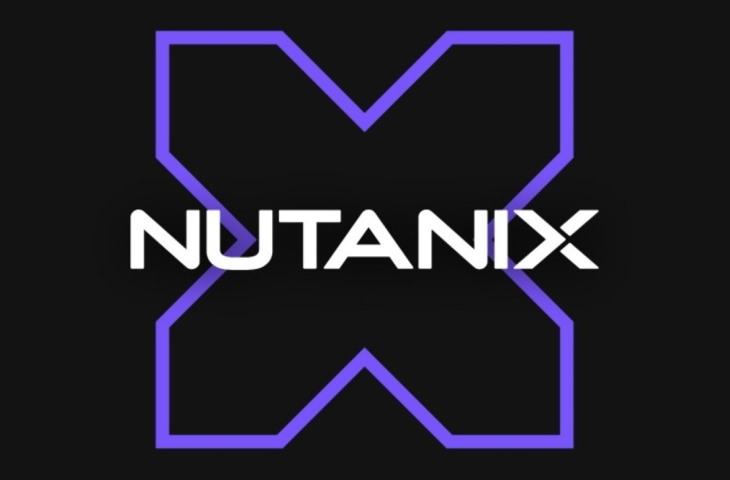Kubernetes still proves to be a new concept for many companies in a rapidly evolving world. The demand is growing, but there are still many misconceptions surrounding the technology. Nutanix aims to make its use easier and has therefore developed a Kubernetes platform.
During Kubecon 2025, Tobi Knaup, General Manager Cloud Native at Nutanix, explained how the company positions its Kubernetes platform in a rapidly evolving technological landscape. He clarifies the role of AI, the rapid evolution of Kubernetes, and the need for central platform teams.
From Start-up to Part of Nutanix
Knaup founded Mesosphere in 2013, a company that built software for Apache Mesos. “That was a container orchestration tool that existed five years before Kubernetes,” he says. Later, the company evolved towards Kubernetes and launched DKP (D2iQ Kubernetes Platform). Since the acquisition by Nutanix in 2023, that name has changed to NKP (Nutanix Kubernetes Platform).
According to Knaup, NKP is a “complete and open Kubernetes platform”. “It contains all the components you need to run Kubernetes. It also works on various infrastructures: on-premises, in the cloud, or bare metal.”
Rising Demand Due to AI
According to Knaup, AI is causing a strong increase in the use of Kubernetes. “Every CIO today gets the question from their CEO: what is our AI strategy? Kubernetes has become the logical choice for many organizations to run AI workloads.”
Nutanix responds to this with its AI platform that allows customers to run models from, for example, Nvidia or Hugging Face in their local environment. “Companies often don’t want to send their data to public AI services. They are looking for ways to bring AI to their data and run it on infrastructure they operate themselves.”
Knowledge and Skills Remain a Stumbling Block
The transition to Kubernetes is often underestimated, according to Knaup. “There are many misunderstandings. People treat containers as if they were VMs. But a container is not live migrated when a node fails – it’s simply restarted.”
People think VMs and containers are the same, but that’s not correct.
Tobi Knaup, General Manager Cloud Native at Nutanix
He recommends investing in training, such as that offered by the Cloud Native Computing Foundation (CNCF). Additionally, he points to tools needed to successfully use Kubernetes: monitoring, networking, and observability. “You’re not just managing a cluster, but a whole series of underlying services.”
Second Wave in Adoption
Knaup states that many companies are currently evolving towards a second phase of Kubernetes adoption. “In the first wave, organizations often gave development teams the freedom to manage clusters themselves. As a result, there were sometimes hundreds of loose clusters without order.”
That’s why more and more companies are switching to a central approach: platform teams that offer a standardized development environment. “When Kubernetes originated at Google, it was also intended to create a centrally managed system,” he says.
“Many companies experience the same obstacles when transitioning to cloud-native,” he clarifies. “The concepts are often new. People think VMs and containers are the same, but that’s not correct. Containers, for example, have a short lifespan and are not live migrated.”
Digitalization and Agility
Knaup sees a similar pattern in many companies: they want to develop digital applications as quickly as possible. “A cruise company wanted to fully digitalize their passenger experience, from restaurant bookings to crew applications. For this, they needed a flexible platform that could run on their own infrastructure – even on board.”
This need also emerges in sectors such as manufacturing and retail, for example for applications around predictive maintenance or factory optimization. “The goal is always the same: to be able to develop faster, to scale more easily.”
Rapid Shift
While attention to and demand for Kubernetes and AI may have increased significantly, adoption remains limited. “According to analysts, only a small percentage of workloads run in containers today. But that percentage is growing rapidly.”
It’s not that everything is evolving along. “Virtual machines will continue to exist, just as mainframes are still used today. It’s about choosing the right tools for the right context, and realizing that not everything has to be in the cloud,” Knaup concludes.
